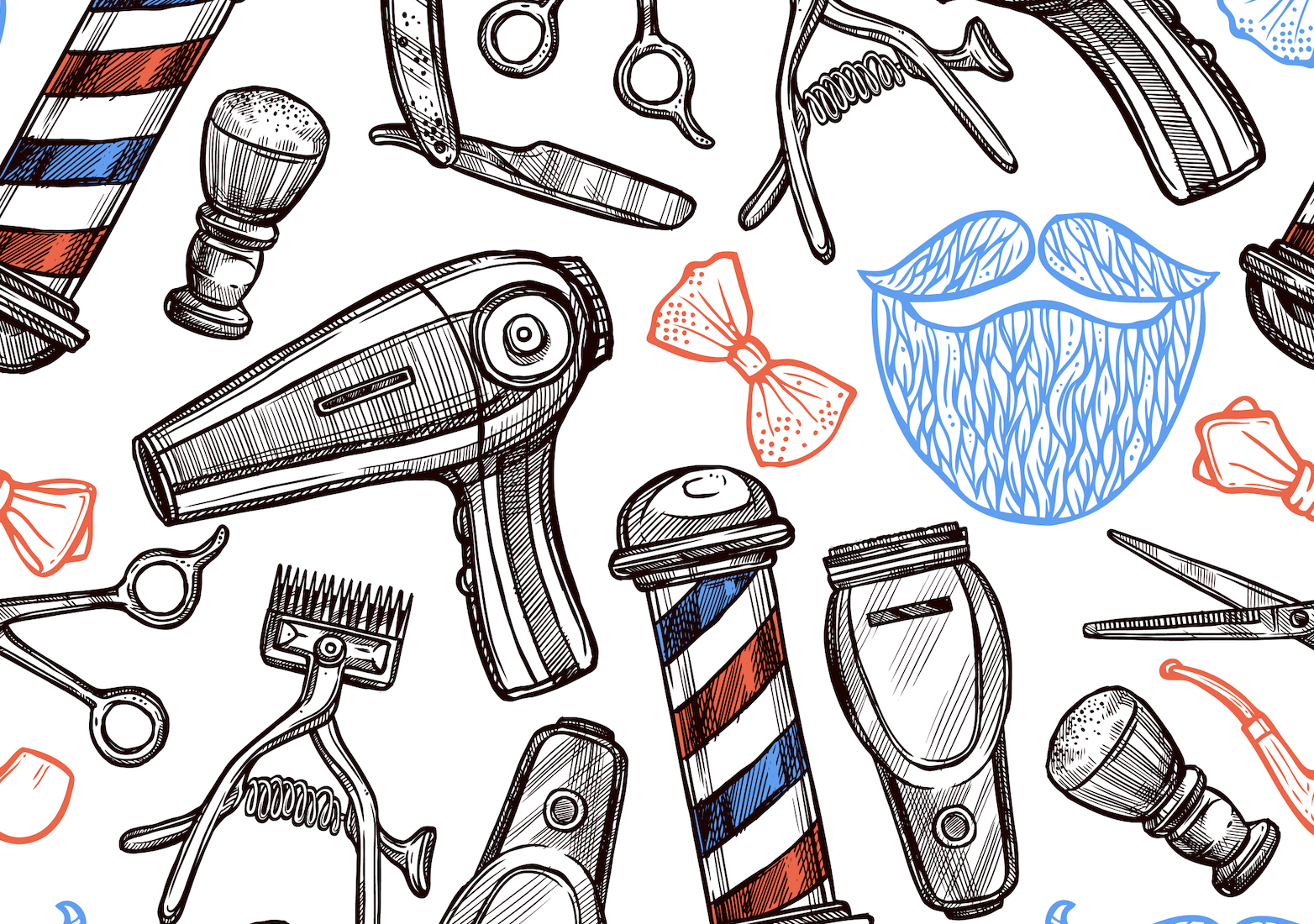The straight razor, also known as a cutthroat razor, is a razor with a long, thin blade that folds into the handle. The history of the straight razor can be traced back to the early 18th century, when it was first invented by a Frenchman named Jean-Jacques Perret.
In the early days, straight razors were made by hand, with blades being forged from various types of steel. The handles were typically made from wood or bone, and the razors were sharpened using a variety of techniques, including honing and stropping.
Throughout the 18th and 19th centuries, straight razors became increasingly popular among men as a means of shaving. They were seen as a symbol of masculinity and status, and were used by barbers and men alike. However, the straight razor did have its drawbacks. The blades were delicate and required regular sharpening, and the process of shaving with a straight razor was time-consuming and required a certain level of skill.
In the early 20th century, the straight razor began to lose popularity as new shaving technologies emerged. The first safety razor, which featured a guard that protected the skin from the blade, was invented in 1901 by King C. Gillette. This new type of razor made shaving faster and easier, and it quickly became popular among men.
The straight razor continued to be used by some men, but it was no longer the primary method of shaving. Many manufacturers stopped producing straight razors, and the art of honing and stropping blades became a lost skill.
However, in recent years there has been a resurgence of interest in straight razors. Many men are rediscovering the traditional art of shaving with a straight razor, and are finding that it provides a closer, smoother shave than modern cartridge razors. Additionally, straight razors are considered more environmentally friendly, as they don't create the same amount of waste as disposable razors.
In conclusion, the straight razor has a long and fascinating history that spans centuries. It was once the primary method of shaving, but was eventually replaced by newer technologies. However, in recent years, there has been a resurgence of interest in straight razors as men rediscover the traditional art of shaving with a straight razor and find that it provides a closer, smoother shave than modern cartridge razors.
